At the turn of the 20th century, the area known today as Times Square was called Longacre Square. It was the center of New York’s horse and carriage trade, a neighborhood filled with stables, blacksmith shops, and inexpensive boarding houses. The district was not yet the famous entertainment hub it would become.
A New Name and a New Era
Two major developments in the early 1900s transformed the square forever. The first was the construction of the city’s first subway line by the Interborough Rapid Transit Company (IRT). A key station was built right in the heart of Longacre Square, making it one of the most accessible points in Manhattan.
The second development came from Adolph Ochs, the publisher of The New York Times. Ochs chose the square as the location for his newspaper’s new headquarters, a soaring 25-story skyscraper named the Times Tower. Seeing an opportunity, Ochs persuaded Mayor George B. McClellan to rename the area. On April 8, 1904, Longacre Square was officially designated Times Square.
Read more
The Great White Way
The arrival of the subway brought massive crowds to Times Square, and the entertainment industry quickly followed. Theaters began migrating north to the area, establishing it as the city’s new theatrical district. The New Amsterdam Theatre opened on 42nd Street in 1903, followed by dozens of other venues that presented popular plays and musical revues.
To attract audiences, theater owners and businesses began using a new technology: electric lights. The area was soon covered in enormous, dazzling illuminated signs and advertisements. These brilliant displays for brands like Wrigley’s chewing gum and Budweiser beer lit up the night sky, earning Times Square the nickname “The Great White Way.” The brightness of the signs was so intense that the glow could be seen for miles.
The First New Year’s Eve Ball Drop
Adolph Ochs wanted to promote his newspaper’s new home with a spectacular event. He organized the first New Year’s Eve celebration in Times Square on December 31, 1904, which drew over 200,000 people for a massive fireworks display. After the city banned fireworks a few years later, Ochs arranged for a new attraction.
On December 31, 1907, the first New Year’s Eve ball was lowered from the flagpole on top of the Times Tower. The ball was made of iron and wood, weighed 700 pounds, and was illuminated with one hundred 25-watt light bulbs. At one minute to midnight, it began its descent, marking the beginning of a new year and a world-famous tradition.



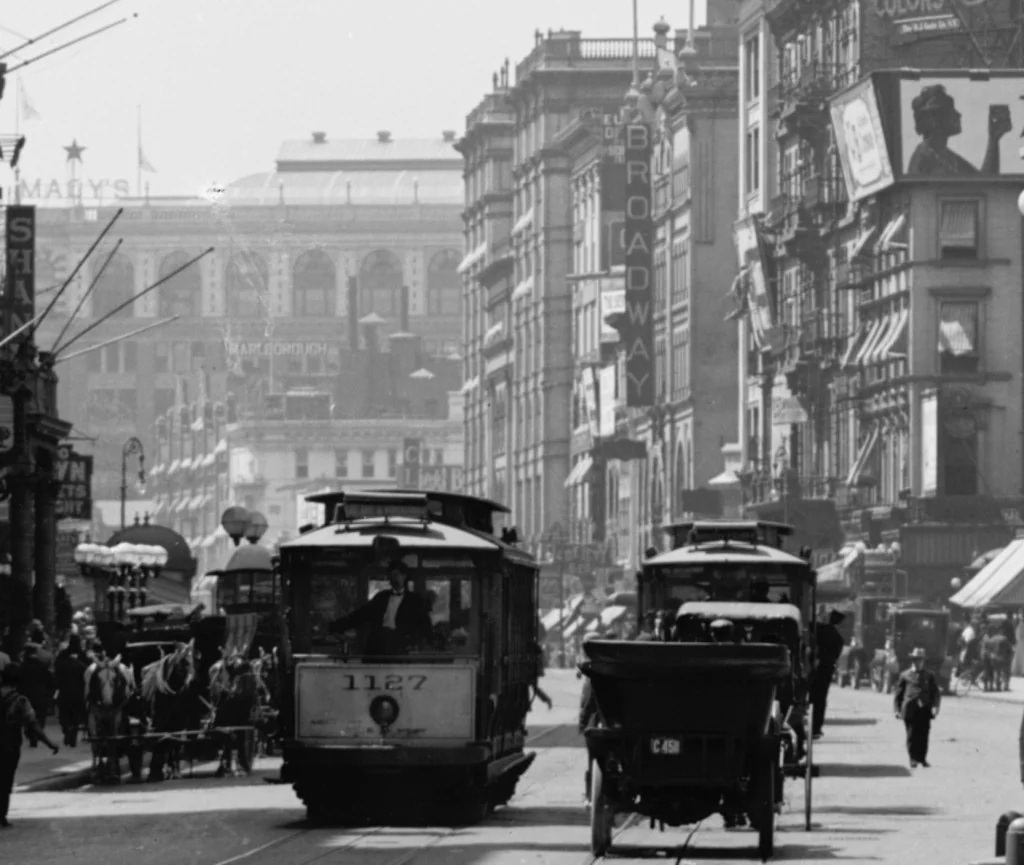
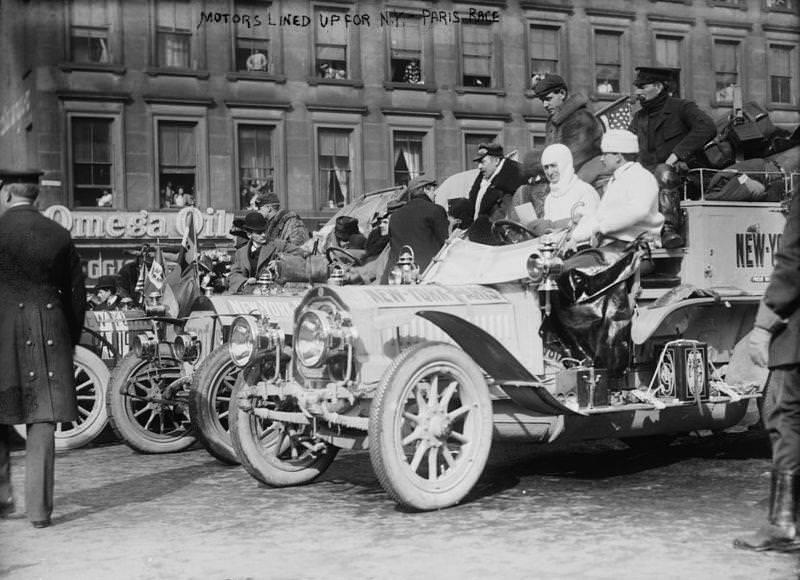
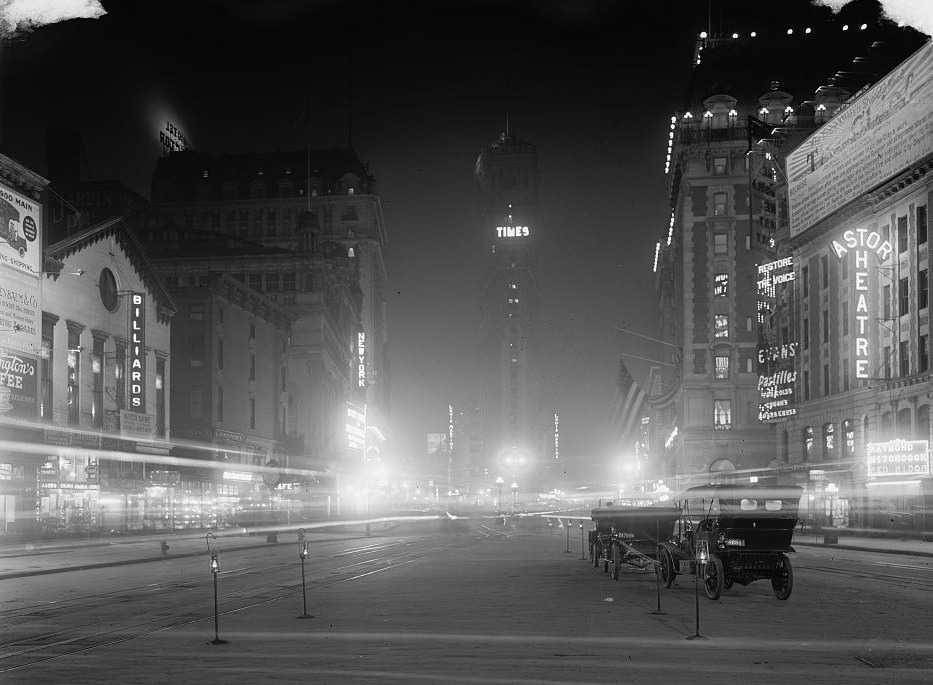
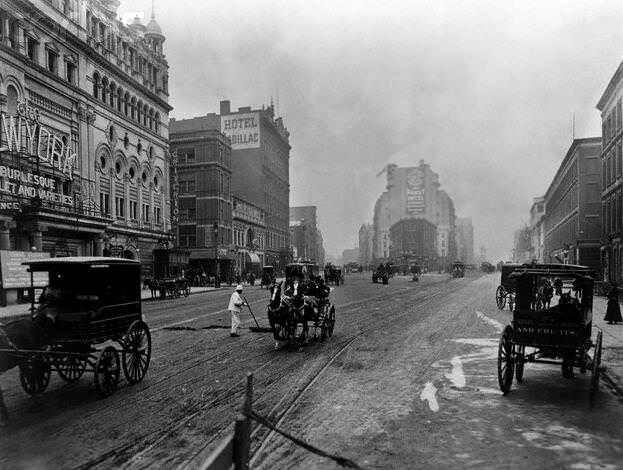


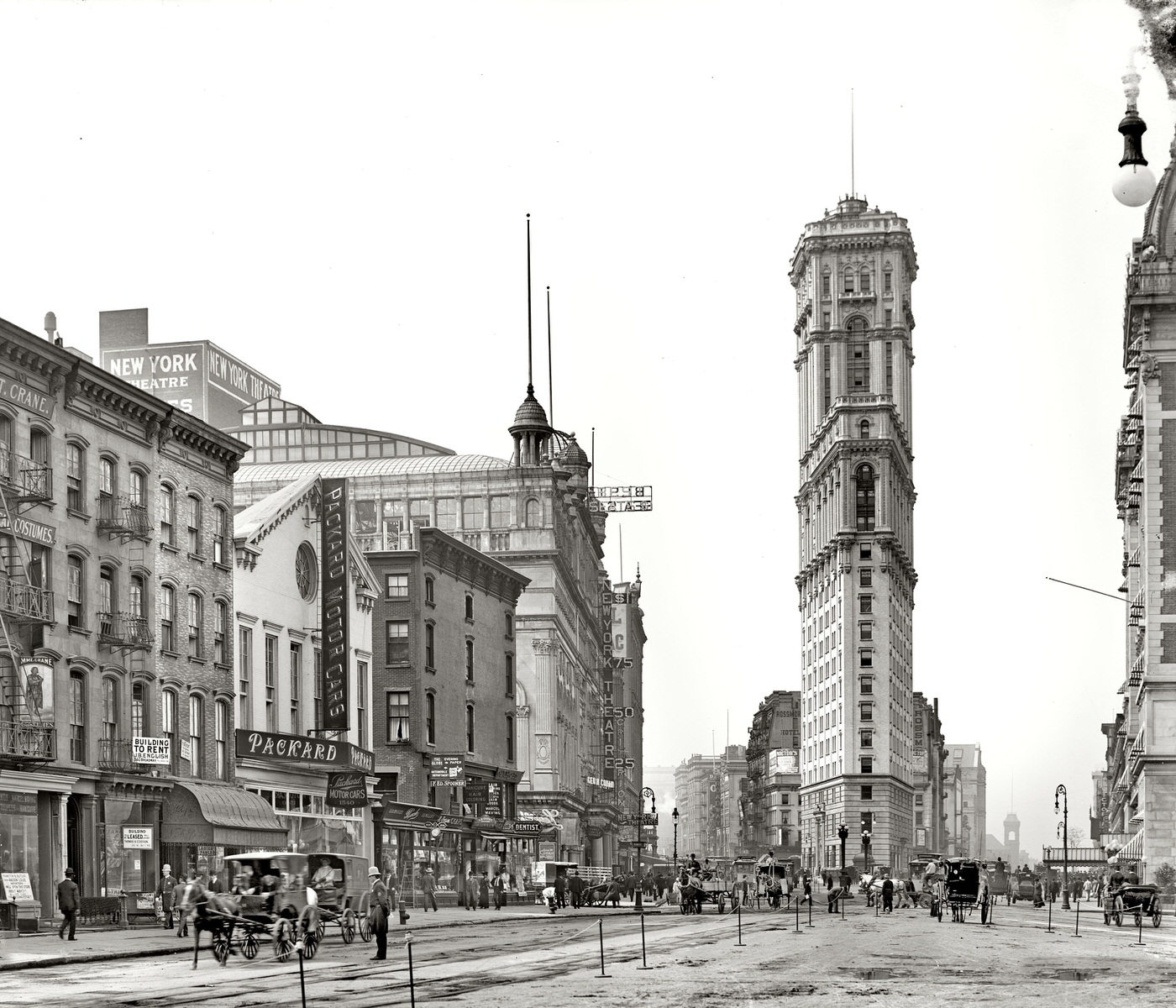
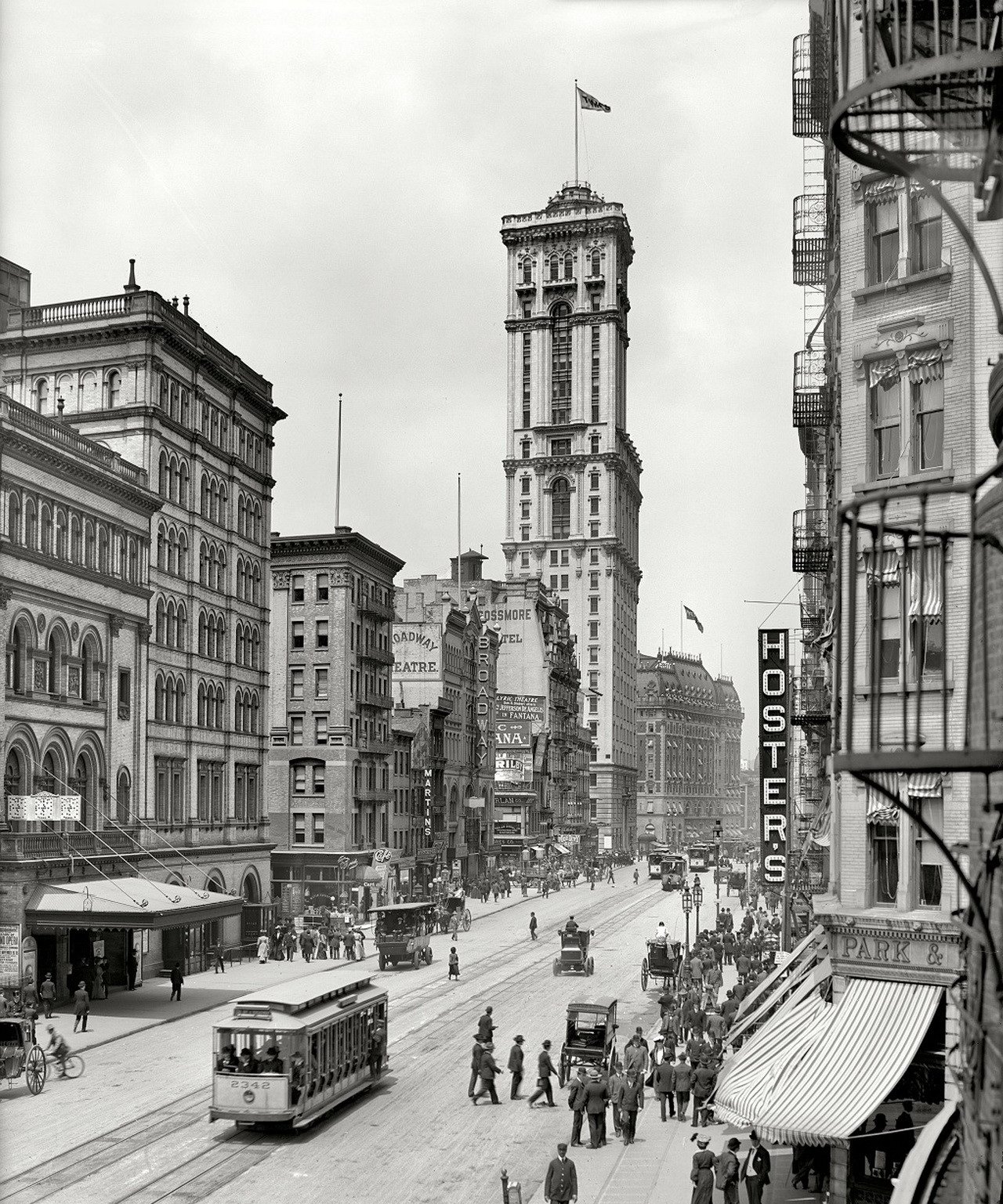
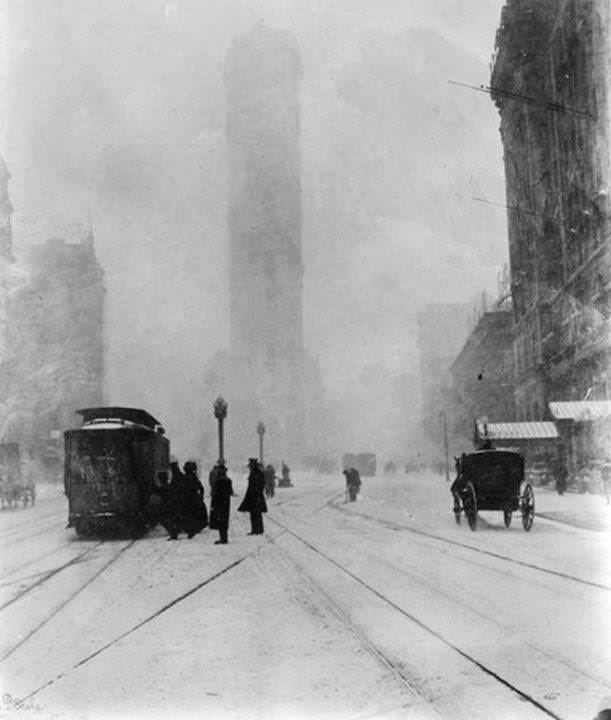
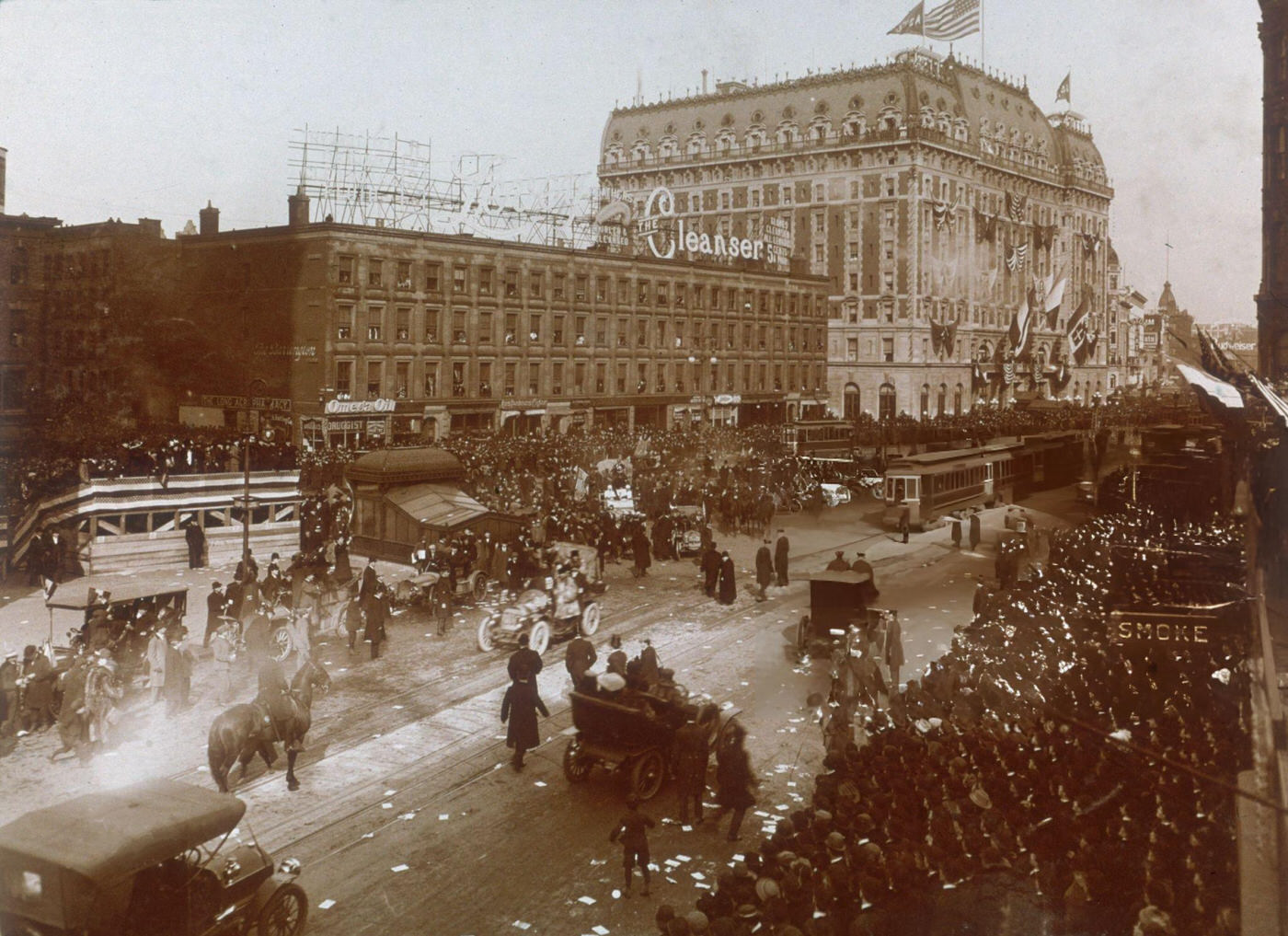
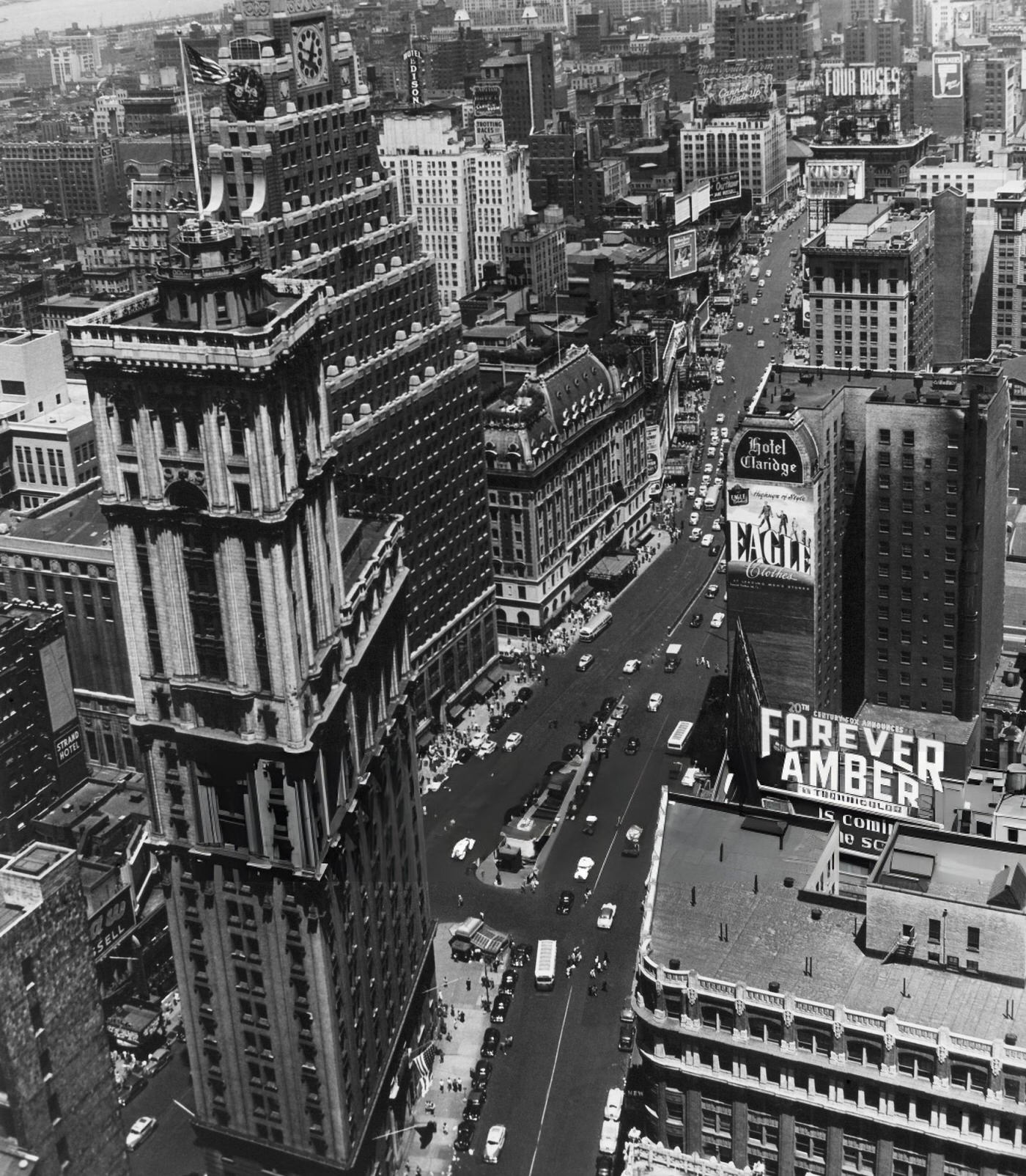
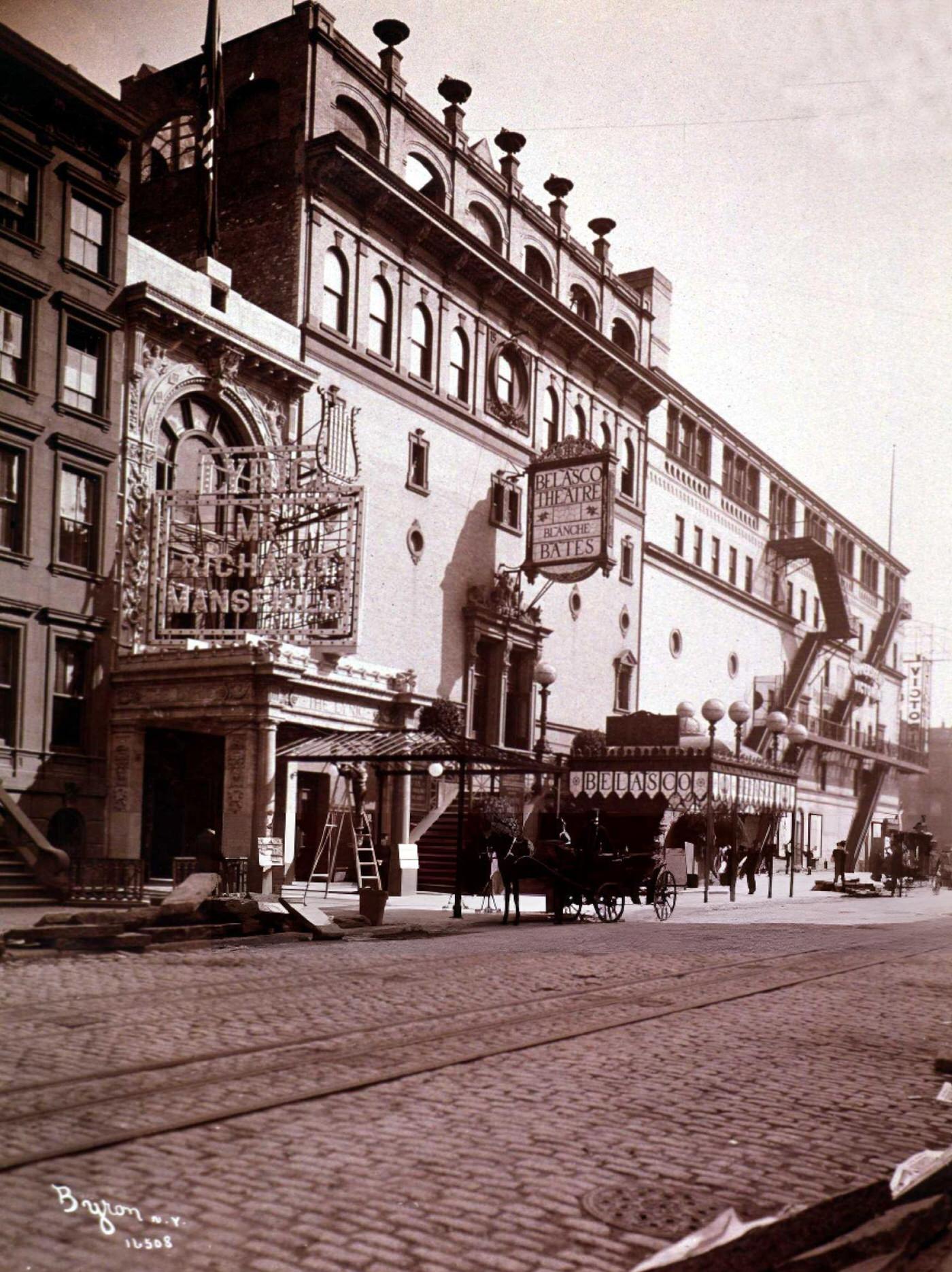
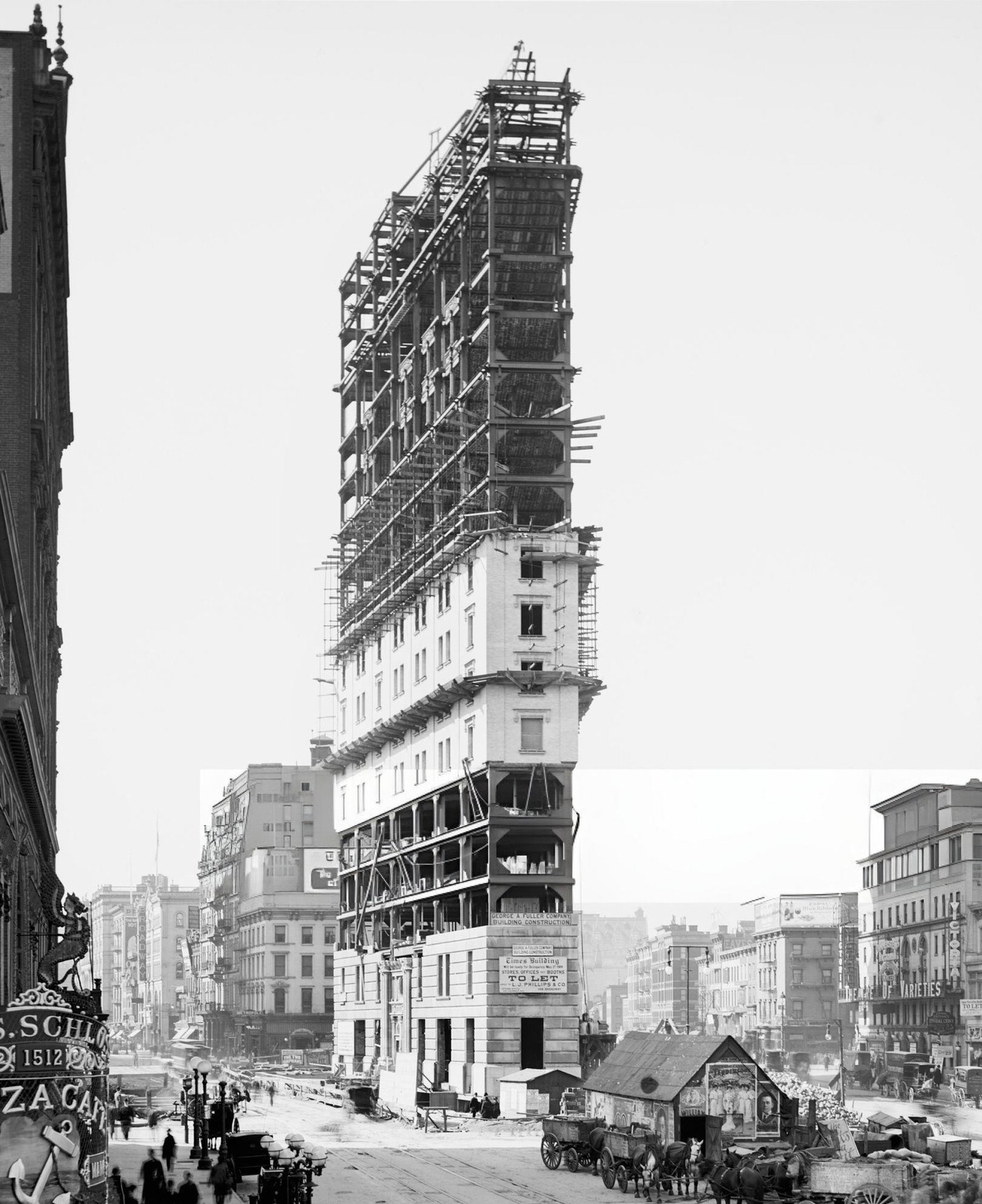
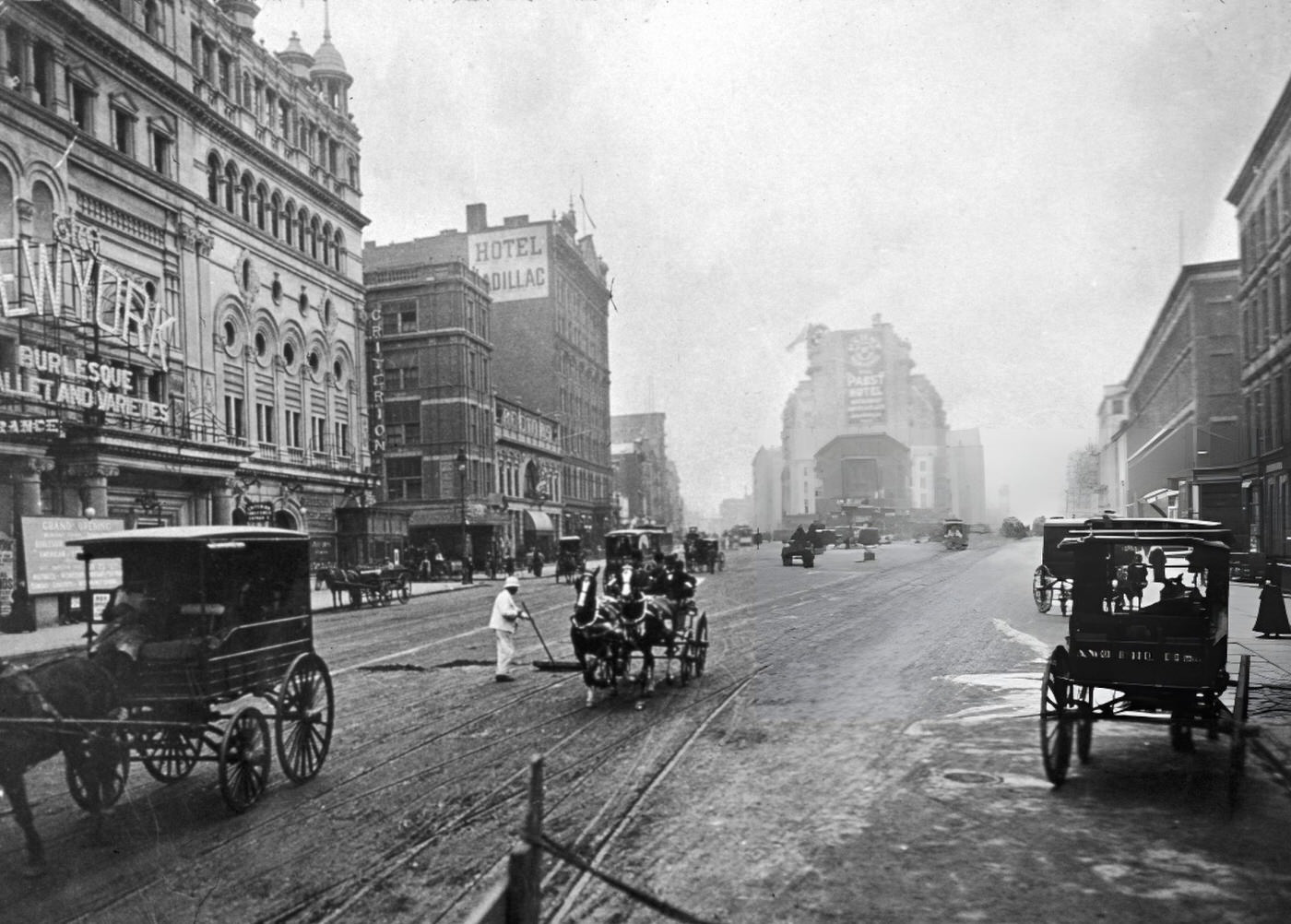
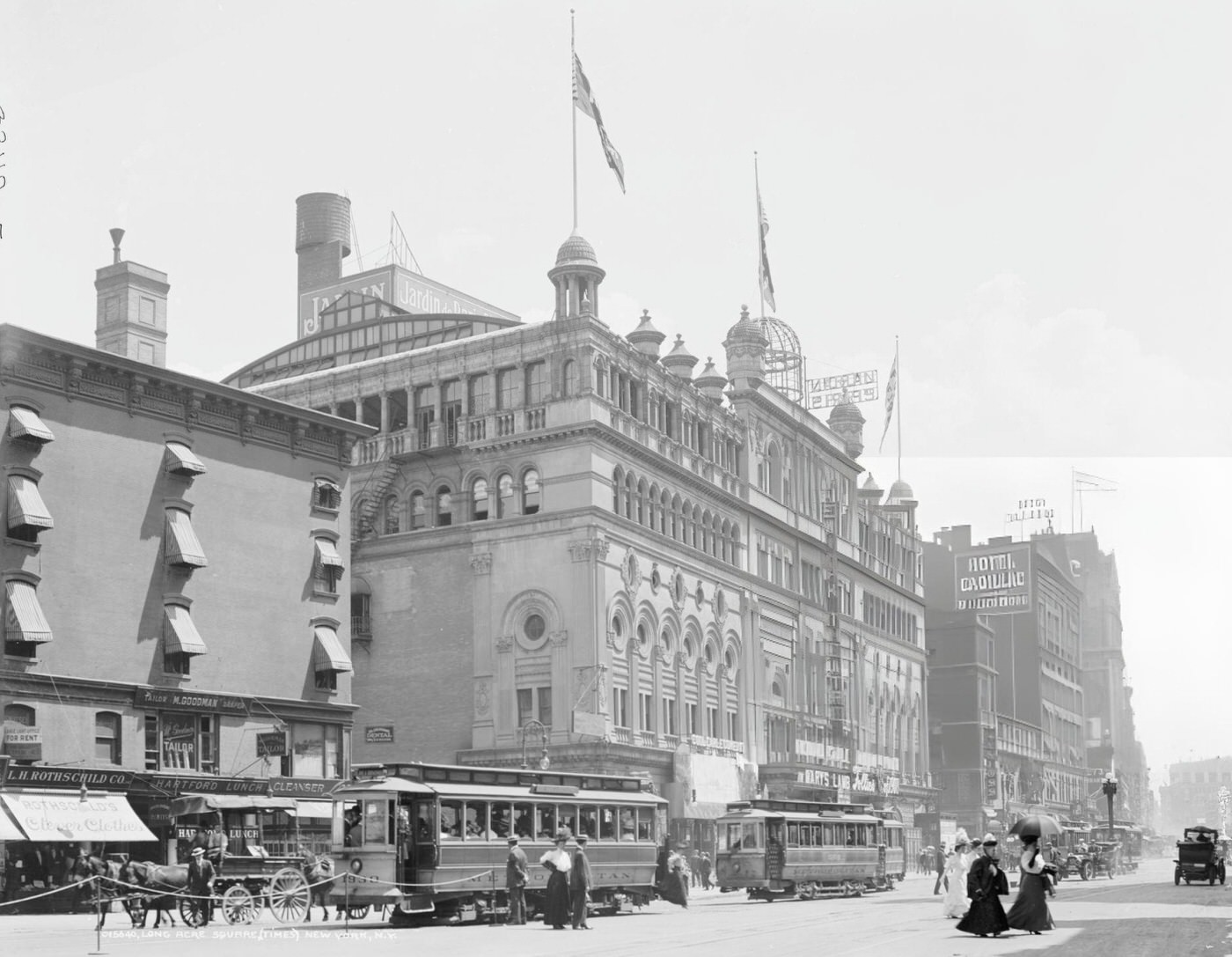

GIPHY App Key not set. Please check settings